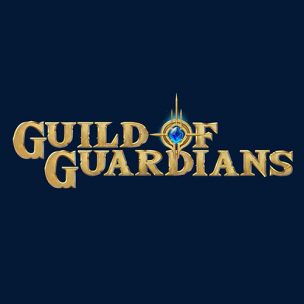


They differ in how they partition the scene for culling and searching nodes. There are multiples types of SceneManagers. The SceneManager also manages any cameras that you add to your scene. The SceneManager keeps track of the locations and other attributes of the objects in your scene. We are going to provide a quick introduction to the basic elements of an Ogre scene.Įverything that appears on the screen is managed by the Ogre::SceneManager. Note Refer to Setting up an OGRE project for instructions how set up an Ogre project and compile it successfully. The full source for this tutorial can be found in samples directory Samples/Tutorials/BasicTutorial1.cpp. We just have to lay a little groundwork first, so you have somewhere to stand. Don't worry, this first tutorial has a little more explanation than the rest, but that changes very quickly once you get to the later tutorials. We'll start with an explanation of some of the basic concepts in Ogre.
.CHARACTER OGRE ENGINE HOW TO
It keeps track of the entities and nodes in your scene and determines how to display them. Finally, the SceneManager is the object that organizes everything. A Ogre::SceneNode is what attaches an object to your scene. An Ogre::Entity is anything represented by a mesh. The primary focus will be the Ogre::SceneManager, Ogre::SceneNode, and Entity(external link). This first tutorial will cover the basic elements of building a scene in Ogre.


 0 kommentar(er)
0 kommentar(er)
